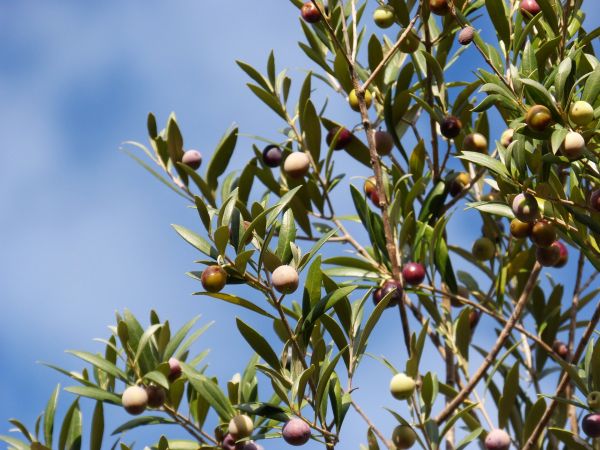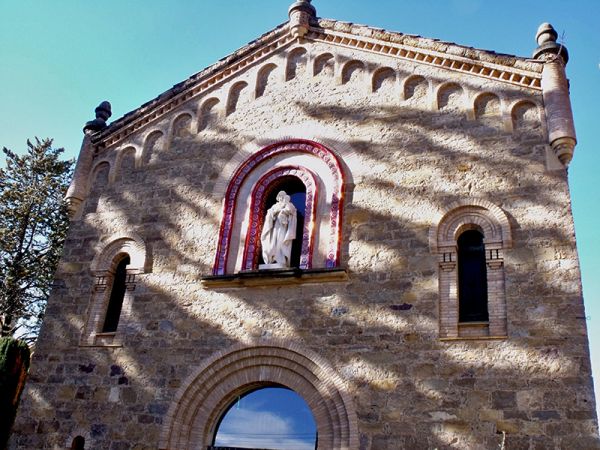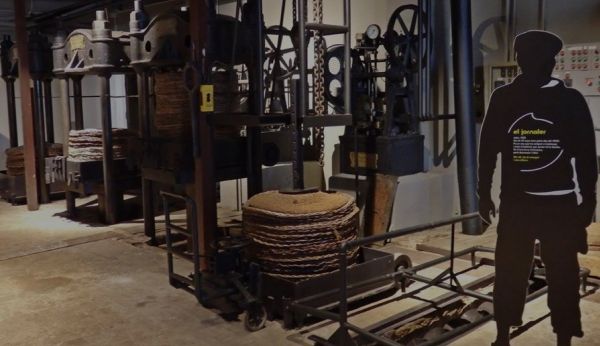Olive oil is an essential part of the
Mediterranean diet, and Catalunya has
extensive olive orchards. We know that
olive oil is very good for your health, but do you know
how it is made? With this tour we would like to invite you to visit some of the olive mills that form part of our
industrial heritage and where you can learn how this
magic ingredient is produced.
MUSEU DE L’OLI DE CATALUNYAThe
Museu de l’Oli de Catalunya (olive oil museum of Catalonia) forms part of the
Catalan Museum of Science and Technology Territorial System (mNACTEC) and is located in Granadella,
Les Garrigues Altes, a municipality with a very long
tradition of olive oil production. You can visit the mill, founded in 1920, and see all its
original machinery. The mill fell into disuse in
1986 but its facilities and the machinery it houses have remained in
very good condition. You can tour the facilities on your own or you can opt for a
guided visit and afterwards, of course, you can always go on an excursion to explore the surrounding area.
MOLÍ DE SANT JOSEPThe
Molí de Sant Josep, located in
Pobla de Segur, still has all the elements of a
complete industrial oil mill. The structure of the building is reminiscent of a
Romanesque church. It has now been
completely restored and is used as a conference centre, for receptions and for art exhibitions. The first floor houses the
facilities of the old oil mill, which forms part of the
mNACTEC map of industrial heritage.
COLLBATÓ OIL MILL INTERPRETATION CENTREThe
Collbató oil mill interpretation centre is housed in a
former oil mill and it describes the relationship that Collbató has had with olives and olive oil from the
Middle Ages to the present day, as well as explaining the differences between
two varieties of olive, the way the harvesting season has evolved and the machinery used to produce the oil. Please consult the
visiting times.
Have we managed to inspire you? If you have any other interesting suggestions please send them to us on Facebook or publish your photos on Instagram with the hashtag #patrimonicultural 

